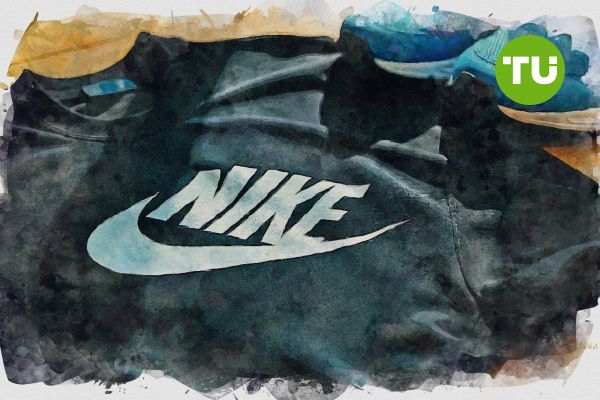Why is Nike stock down today?
 Nike returns to Amazon to regain market share and control branding
Nike returns to Amazon to regain market share and control branding
Nike’s renewed partnership with Amazon may provide an immediate boost to sales, capitalizing on the platform’s 230 million active users and consumer search behavior.
This move allows Nike to regain lost market share while improving brand presentation control, which had been weakened by third-party sellers. However, potential pitfalls include Amazon’s seller fees, which could pressure margins, and the risk of cannibalizing Nike’s own e-commerce traffic. Losing direct-to-consumer data could weaken Nike’s long-term marketing and customer insights. Despite the tactical benefits, this strategy signals an underlying struggle to regain traction in a competitive and changing retail landscape.
Price Increases Could Backfire Amid Tariff Pressures
Nike’s plan to raise prices across key product lines is an attempt to defend margins eroded by import tariffs and rising costs. Products priced above $100 will see hikes of $5–$10, while value-oriented segments like Air Force 1s and children’s footwear remain exempt.
These increases may help offset some cost pressures, but UBS analysts warn that tariffs from Vietnam, Nike’s major sourcing hub, could require even steeper hikes. Morningstar cautions that increases above 10% could significantly dampen demand, leaving Nike in a precarious pricing position. The strategy walks a fine line between preserving margins and alienating price-sensitive consumers in a slowing economy.
Structural Headwinds Challenge Nike’s Growth Outlook
Analyst Dmytro Kharkov outlines five structural risks dampening Nike’s growth outlook. Disappointing sales forecasts and a sharp projected revenue drop have rattled investor confidence, with the stock falling nearly 20% in a single day.
Analyst Kharkov notes:
"Nike shares could decline another 5–10% in the short term due to weakening demand from institutional investors and disappointing financial results. However, I expect a trend reversal toward growth once the Federal Reserve begins cutting interest rates."
A 17% decline in China highlights competitive pressure from local brands and changing consumer preferences. Rising tariffs and muted innovation further expose Nike to margin pressure and brand fatigue. Meanwhile, a pivot back to wholesale and Amazon signals difficulties sustaining a direct-to-consumer model. Together, these factors suggest a business facing deeper operational and strategic headwinds than its current valuation reflects.
Recently we wrote that Microsoft stock faced sustained selling pressure last week after insider share transactions from top executives dampened market sentiment, reversing the positive momentum of the preceding four weeks.













































































































































